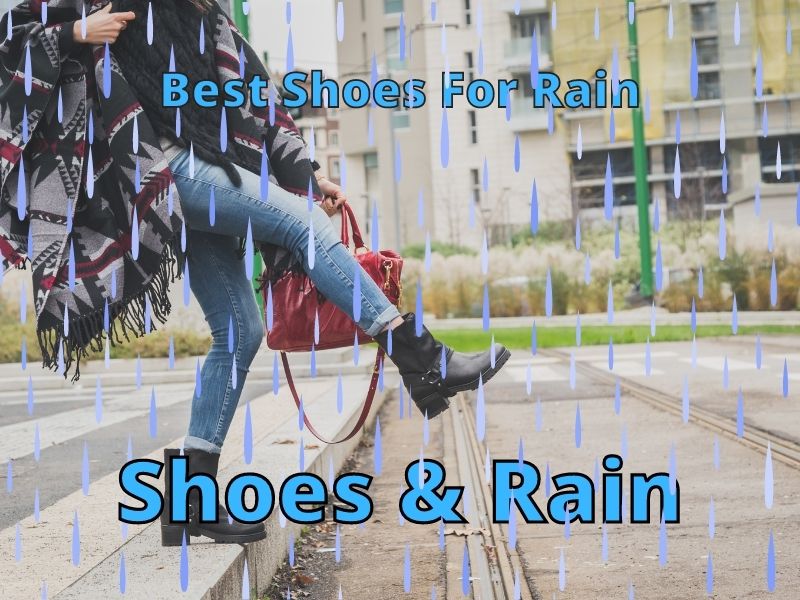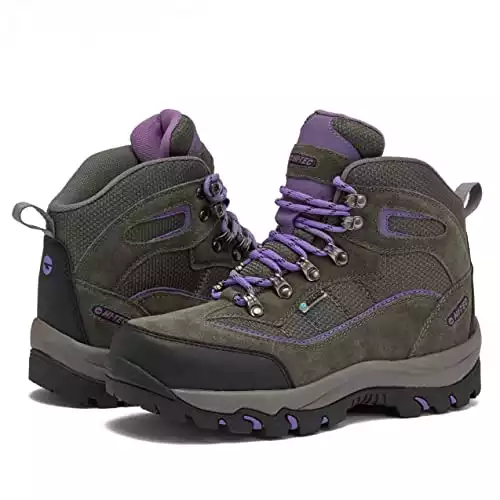At times in southern California, when it does rain, there can be a lot of it. Getting through puddles and downpours with my feet dry usually doesn’t happen.
The best shoes for rain are those with waterproofing technology, tight seams, no open areas, and a taller stance. Boots work best most of the time.
I’ve found that shoes that don’t have any openings, like the short dress boots I wear at times, work best to keep my feet dry. We will discuss ways to keep your feet and shoes dry in the rain.
Will Boots Keep My Feet Dry?
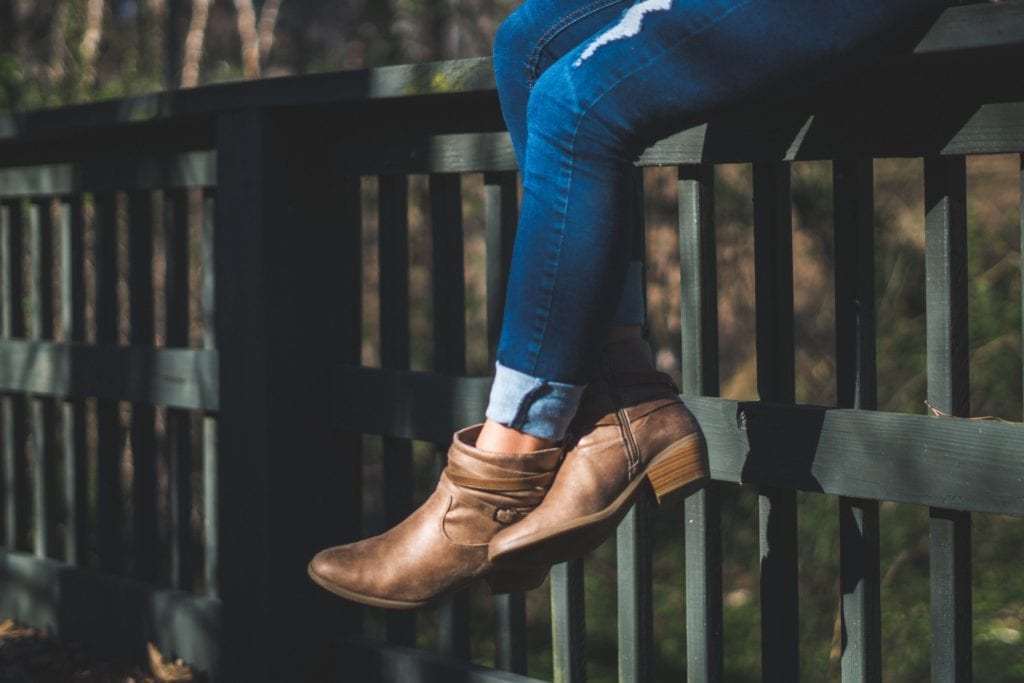
When considering which shoes to wear in rainy weather, remember that moisture from feet will start to collect in shoes that do not breathe well. That’s when you need a good pair of socks (article) to help wick away moisture and keep your feet dry.
Boots are unique among shoes, in the fact that they are designed with little to no open areas. This prevents rain and puddles from entering the shoe most of the time.
Sneakers are great for comfort, but may not hold up well in rainy weather. Waterproofing them will help. Decide how often you’ll need them and in what conditions you will likely find yourself will help you choose a shoe that works for you.
Leather boots will start to get soaked after a while like most materials, so don’t expect to stay in the rain for too long if it is untreated. Make sure your boot has a rubber bottom because the leather will soak up water in time.
Leather shoes with a rubber sole or rubber
Faux leather boots or plastic boots can also be waterproof. Checking before buying will let you get the best shoe for providing dry feet.
Some faux leather shoes are not designed for waterproofing but should work fairly well anyways. Be aware that plastics do not breathe well. Try to use them for shorter periods.
Rubber boots or rain boots are a great choice when you need to cross puddles and need to be out in very wet conditions. These work well for days you’ll be out in the rain quite often.
They tend not to breathe at all. Getting a wool sock or sports sock that wicks moisture away from your feet will help your feet stay warmer and moisture-free.
Rubber or plastic galoshes can help keep any shoe dry. They come in sneaker and boot sizes. You’ll pay anywhere from $10 or more to buy a pair. (Amazon Link)
They tend to be very effective at preventing rain and water from getting on your shoe. They can also be used for work in muddy conditions or other conditions where your shoes need protection.
Hiking boots and hiking shoes (article) are often made for rainy conditions. They usually have a rubber sole that extends father up the shoe and the material is treated for waterproofing.
If you plan to go hiking once in a while (article), finding a well-built comfortable waterproof hiking shoe or boot would be a good investment.
Don’t forget about other types of boots that might fit your needs and style. How about some cowboy boots, army/combat boots, fur-lined boots, fashion boots, duck boots, and snow boots.
Just remember to check for waterproofing and look at the type of sole on the shoe bottom. You’ll be in good shape with whatever boot you choose that can withstand rainy conditions.
How Do I WaterProof My Shoes?
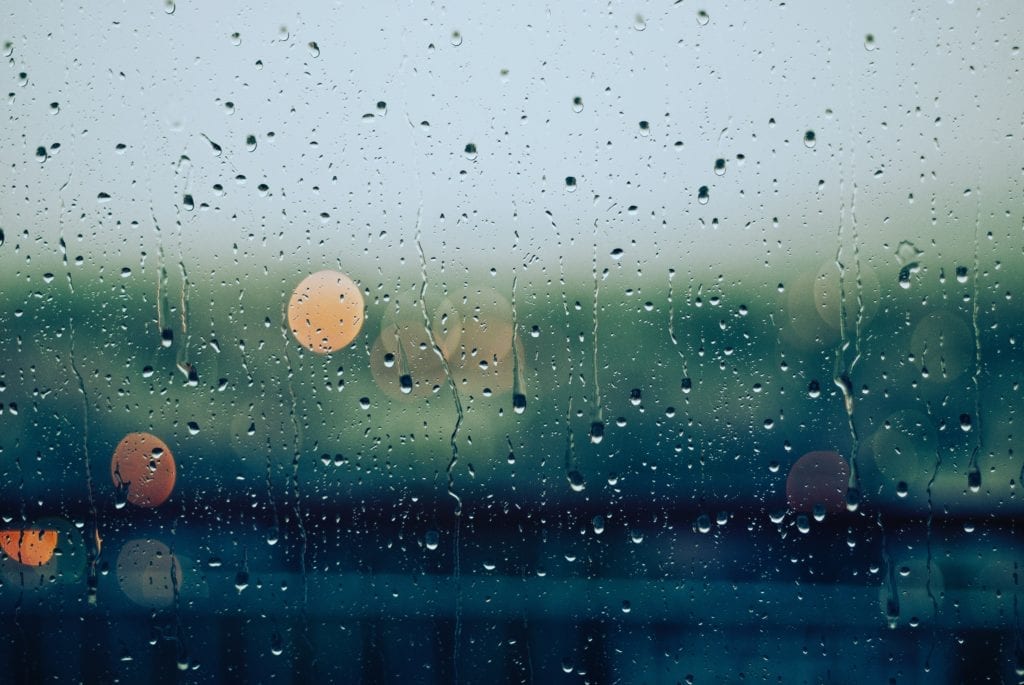
Some shoes may not need to be waterproofed. The best boots for rain will have waterproofing built-in. Many new cowboy boots are made with faux leather that is naturally waterproof.
Boots and shoes can be waterproofed in many ways. Your favorite pair of shoes might fair well in rainy weather, with a waterproofing technique.
Shoes come in all types. Some shoes do not take to waterproofing techniques well. Plastic and meshes will probably not be able to be waterproofed. Check the material of your shoes before waterproofing.
But if you can waterproof them, it will help your shoes keep water out, and they’ll often repel dirt much better as well.
Beeswax is great for leather. Applying it usually involves melting the wax. Check the container for instructions. (Amazon Link)
You can apply it with a cloth to your shoes and use a hair dryer to melt the wax into the leather or try premelting the wax and apply the melted wax carefully with a cloth, but you’ll still need a hairdryer to allow it to penetrate into the leather.
Beeswax is possibly the best at waterproofing because it tends to waterproof great and not cause any other problems.
Waterproofing silicon spray works on leather and fabrics. If you are looking for a shoe that breathes this may be a good solution. It is usually odorless and dries clear. (Amazon Link)
You may need to reapply the spray from time to time and it may not protect as well as other waterproofing methods.
Mink oil is good for conditioning and waterproofing leather. It helps protect shoes from salt and sweat but may darken the colors of your leather shoes. (Amazon Link)
Mink oil usually works well at waterproofing, but issues such as leather degradation or odor might occur with some products.
Preventing Shoe Water Damage
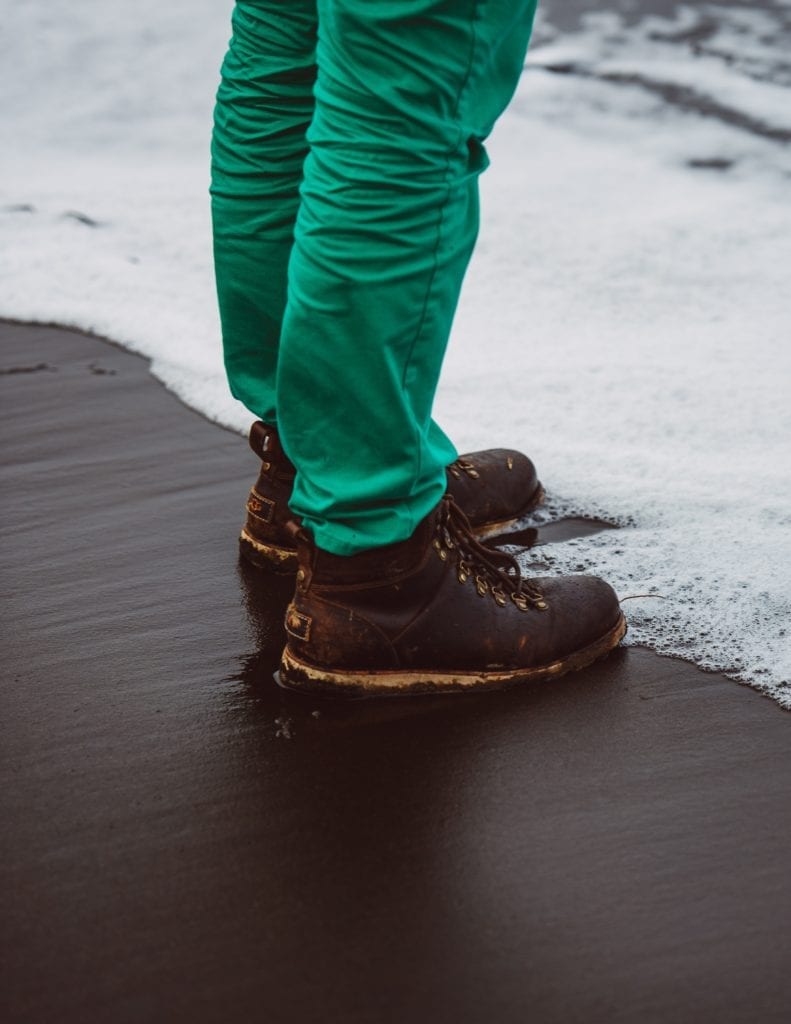
Deciding to waterproof your shoes will help greatly in preventing water damage.
Water on synthetic materials has little
Even if your running shoe gets soaked, they often dry quickly. If your shoes are allowed to dry thoroughly, there won’t be any problems. Choosing synthetic shoes will mostly eliminate water damage.
Leather, on the other hand, is prone to water damage. Moisture can soak in and stretch your shoe, and drying wet leather can eventually cause cracking.
The sun can also dry out leather, making it prone to cracking. Applying a conditioner to your shoe will prevent most cracking (article) from occurring.
When water does penetrate your boots, it will start to soak into your socks and get your feet wet. Wet feet are prone to rubbing and sores.
You’ll need to take off your boots fairly soon to prevent any foot issues that could develop.
Most leather is also prone to staining, although some leather shoes are often better prepared because they are treated at the factory for weathering.
Leather needs to be conditioned so it doesn’t dry out. This will also help with water damage and staining by preventing the water from absorbing all the way.
If you are applying a waterproofing conditioner already, your shoes should be fine. Otherwise, you’ll need to waterproof your shoes or get a conditioner. (Amazon Link)
Treating Stains
If your shoes are not waterproofed, try dabbing the leather with a dry cloth as soon as possible so the water doesn’t settle into the leather.
If the water stain has dried, then try dampening a microfiber cloth. Ring out any excess water and rub the entire area of leather that was stained with the cloth. After the water has dried, the stain should become less visible.
Don’t forget to apply some more conditioner to the leather so it remains soft and moisturized. Better still, waterproof your shoes.
Leather Quality
Leather quality can influence the longevity and durability of your shoes. Water damage might be less with better-quality leather.
Some leathers will be tougher than others. Shoes are normally made with cowhide, but once in a while, another animal skin is used.
Leather comes in different varieties and thicknesses. If you see full or top-grain leather, that’s higher quality leather.
While bonded leather is of lower quality, when shopping
One example is Nubuck leather, which is made from full-grain leather and is a higher quality leather than suede, which comes from split leather.
What To Do When My Shoes Are Wet?
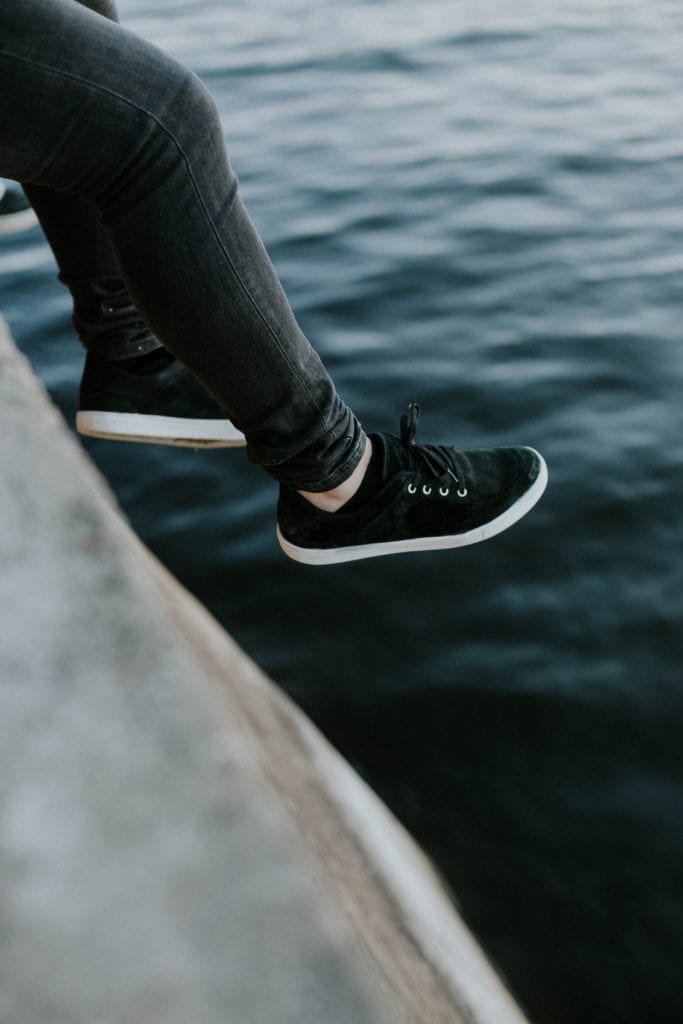
Most shoes will be fine if you ensure they are thoroughly dried when they get wet. However, if your shoe has leather on it, you’ll want to take some extra steps to ensure it stays in good condition.
If your leather shoes get wet, let them dry out in an area that is well-ventilated and moisture-free as much as possible.
Do not apply heat to them because this can cause cracking or peeling, depending on the leather.
If your shoes are made of well-conditioned leather or other materials, consider using a shoe dryer. This will help you dry your shoes quicker so you can use them the next day. (Amazon Link)
After they are dry, look for any staining. Try removing the stains, as stated previously, and wait un
Apply conditioner. There are many types to choose from. Decide on the one that works best for your shoes.
Waterproofing
Future-proof your shoes by making them waterproof. Apply to waterproof so you have less to worry about water damage.
It shouldn’t take too much time. Beeswax will take from 15 minutes to 50 minutes, spraying silicon will take 1-5 minutes, and applying mink oil will take about 5-10 minutes.
Thanks for visiting Helpshoe.com
Additional Questions
Can I Wear My Sneakers in the Rain?
Yes. Sneakers will do fine with sprinkling rain and light rainy conditions. If you find it raining hard, try to find another shoe to wear because soaked sneakers are not fun to walk in.
How well do rubber shoe covers work?
Rubber shoe covers can be highly effective if you buy the correct size. They will prevent most of the water from touching your shoe and allow you to easily walk in small puddles.

